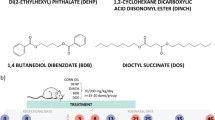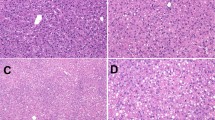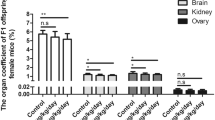Abstract.
Polychlorinated biphenyls (PCBs) with the labile 2,3,6-substitution are important components of atmospheric and certain food chain exposures, but little is known about their biological activities. Chlorobiphenyl 110 (2,3,3′,4′,6-pentaCB) was investigated in weanling female rats dosed ip on days 21 and 22 and killed on day 23 of age. The initial preparation of CB 110 markedly induced 7-ethoxyresorufin O-dealkylase (EROD) activity and was found to be contaminated with coplanar 3,3′,4,4′,5-pentaCB (CB 126). The contaminated preparation (CB 110C) was purified with activated charcoal (CB 110P). The CB 110P induced pentoxyresorufin O-dealkylase (PROD), was weakly uterotropic and a modest depleter of serum thyroxine (T4). CB 110C caused increased liver weight, induced EROD, PROD, and UDP glucuronyl transferase activities and caused a greater depletion of serum T4; on the other hand, it suppressed the PROD induction and the uterotropic effect of CB 110P. Hepatic residues of CB 110 were a constant 2-3% of the dose while those of CB 126 (from CB 110C) increased with increasing dose to as much as 50% of the dose.
Similar content being viewed by others
Author information
Authors and Affiliations
Additional information
Received: 8 October 1997/Accepted: 3 January 1998
Rights and permissions
About this article
Cite this article
Li, MH., Rhine, C. & Hansen, L. Hepatic Enzyme Induction and Acute Endocrine Effects of 2,3,3′,4′,6-Pentachlorobiphenyl in Prepubertal Female Rats. Arch. Environ. Contam. Toxicol. 35, 97–103 (1998). https://doi.org/10.1007/s002449900355
Issue Date:
DOI: https://doi.org/10.1007/s002449900355




